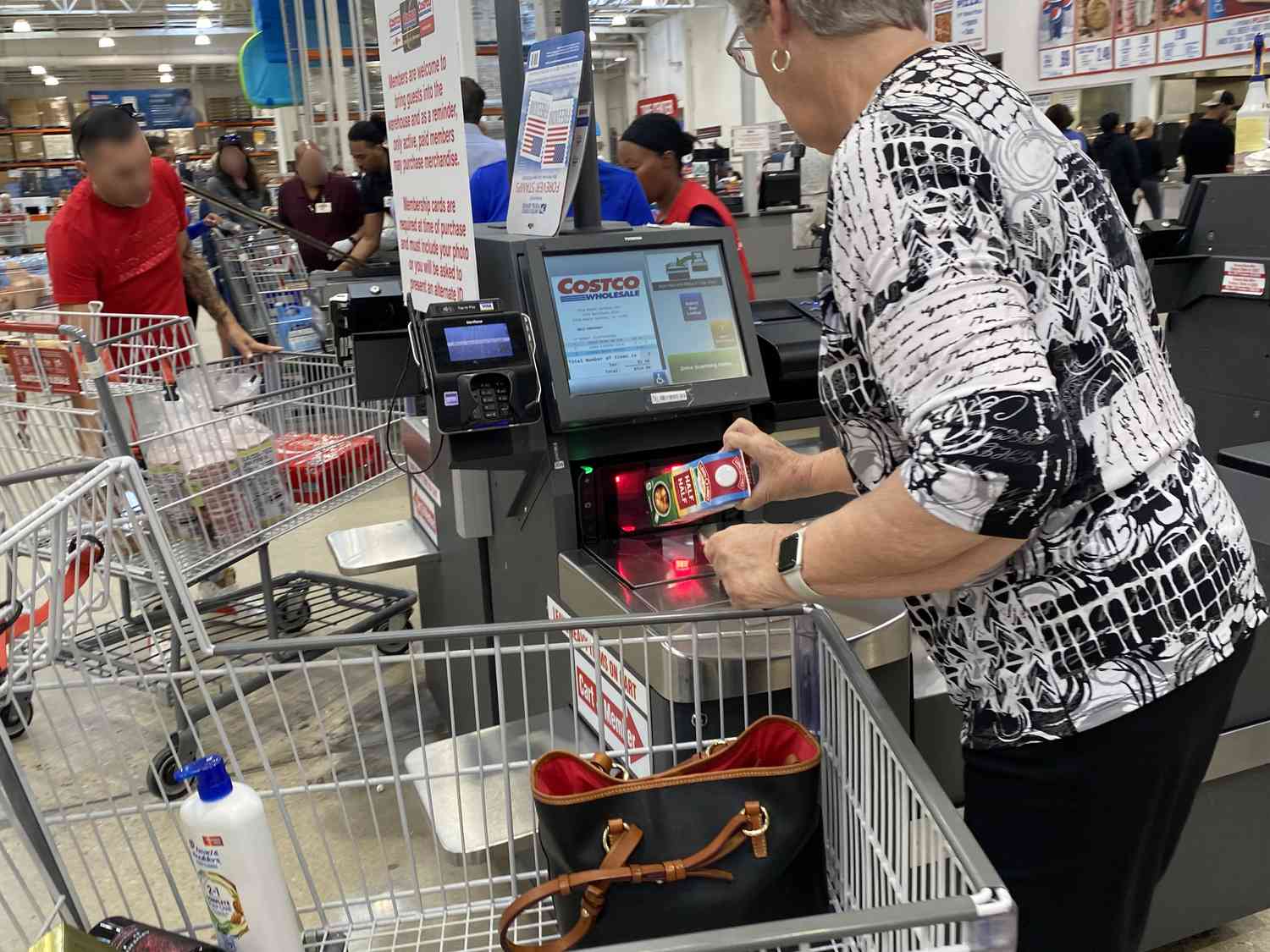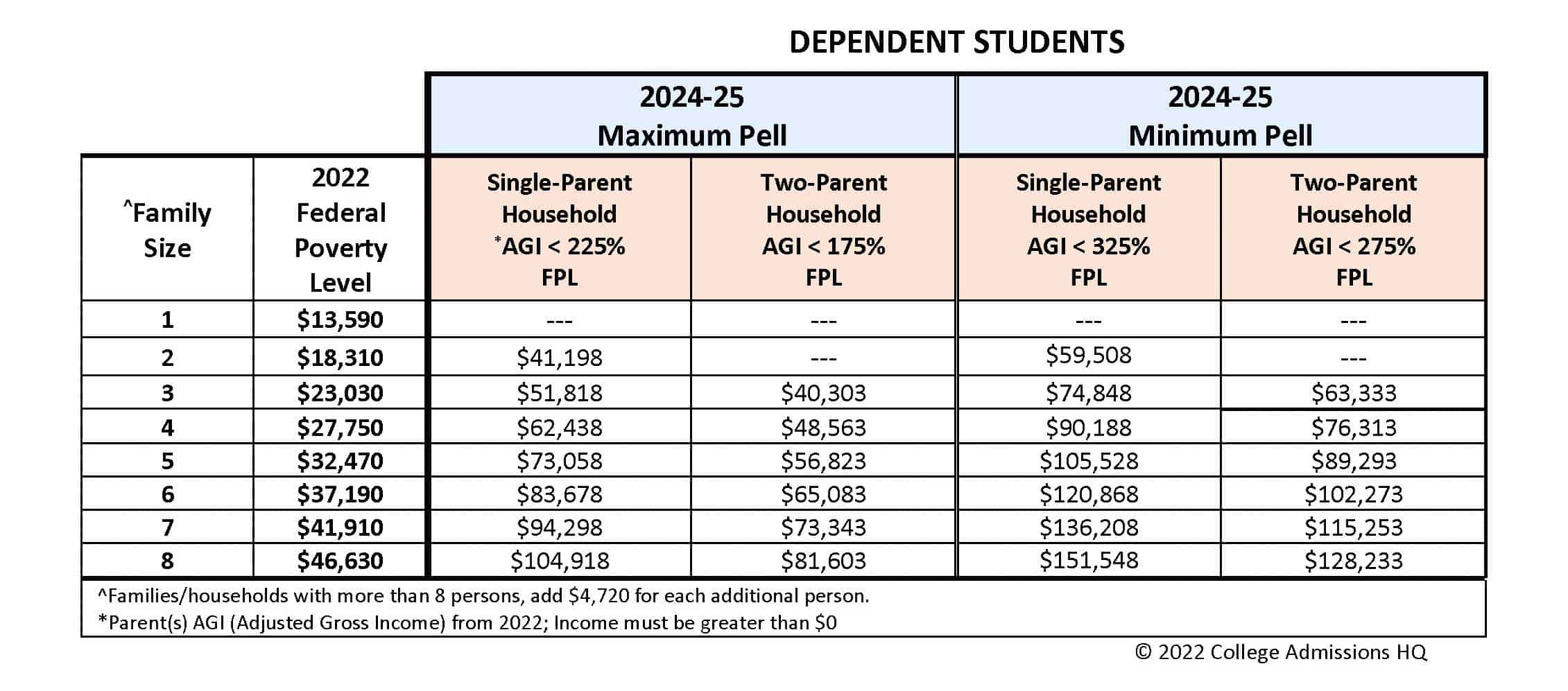Atlantic Canadian Lobster Industry: Navigating Economic Challenges And Price Volatility

Table of Contents
Price Volatility and its Impact
The Atlantic Canadian lobster industry experiences significant price fluctuations, impacting profitability and long-term planning. This instability stems from various interconnected factors, creating a volatile market environment.
Fluctuating Global Demand
Global demand for Atlantic Canadian lobster is a major driver of price volatility. The industry's success is intrinsically linked to international markets, particularly in Asia, where consumption is high and growing. However, this dependence exposes the industry to fluctuations in global economies and consumer preferences.
- Increased demand from China in recent years: This has significantly boosted prices, but also created vulnerability to shifts in Chinese economic policies or consumer trends.
- Impact of economic downturns in major importing countries: Recessions in key markets like the US or Europe can dramatically reduce demand and subsequently, prices.
- Seasonal peaks and troughs in lobster prices: Demand, and therefore prices, typically peak during the holiday seasons and special occasions, creating predictable yet significant price swings throughout the year. Understanding these seasonal patterns is crucial for effective inventory management and pricing strategies. Data analysis reveals considerable price differences between peak and off-peak seasons, often exceeding 50% in some years.
Supply Chain Disruptions and Logistics
Maintaining the quality and timely delivery of live lobster presents significant logistical challenges, further contributing to price instability.
- Rising fuel costs impacting transportation expenses: The cost of transporting live lobster, especially over long distances, is a major operational expense. Fluctuations in fuel prices directly translate to higher or lower production costs.
- Challenges in maintaining live lobster quality during shipping: Maintaining the live lobster's quality throughout the journey requires specialized handling, sophisticated temperature control, and careful monitoring to minimize mortality rates. These specialized requirements add to the overall cost.
- The impact of Brexit and other trade negotiations on lobster exports: Trade agreements and tariffs significantly impact export costs and access to international markets. Navigating these complexities requires proactive engagement in international trade policies.
Environmental Factors and Sustainability
Environmental factors pose long-term threats to the sustainability of the Atlantic Canadian lobster industry. Climate change and its impact on lobster populations demand urgent attention and proactive solutions.
Climate Change Impacts
Warming ocean temperatures and ocean acidification are profoundly affecting lobster populations, impacting growth, distribution, and overall health.
- Changes in lobster migration patterns: Shifting water temperatures force lobsters to move to new habitats, impacting traditional fishing grounds and altering the distribution of lobster stocks.
- Increased vulnerability to disease and parasites: Warmer waters can create conditions that favor the spread of diseases and parasites, impacting lobster survival rates and overall yields.
- The need for sustainable fishing practices: Implementing sustainable fishing practices is crucial for ensuring the long-term viability of the lobster population, preventing overfishing, and safeguarding the future of the industry.
Regulatory Frameworks and Conservation Efforts
Effective regulations and conservation initiatives are vital to ensuring the sustainability of the Atlantic Canadian lobster fishery.
- Importance of sustainable fishing practices: Sustainable fishing techniques, including size restrictions, escape gaps in traps, and careful habitat management, are essential for protecting lobster populations and preserving the long-term health of the ecosystem.
- Role of fisheries management organizations: Government agencies and fisheries management organizations play a critical role in monitoring lobster populations, setting quotas, issuing licenses, and enforcing regulations to maintain sustainable fishing practices.
- Effectiveness of different conservation strategies: Continuous monitoring and evaluation of different conservation strategies are crucial to optimize their effectiveness and adapt to changing environmental conditions. The ongoing research and data collection are key to ensuring the ongoing success of these strategies.
Economic Diversification and Innovation
To mitigate risks associated with price volatility and environmental uncertainties, the Atlantic Canadian lobster industry needs to embrace diversification and technological innovation.
Value-Added Products and Processing
Expanding beyond live lobster exports by developing value-added products offers significant potential for growth and increased profitability.
- Development of new lobster-based products (e.g., pre-cooked, frozen): Processing lobster locally into a wider range of products reduces reliance on live exports and opens up new market opportunities.
- Expansion into new markets through branding and marketing: Creating strong brands and targeted marketing campaigns can enhance the appeal of Atlantic Canadian lobster in both domestic and international markets.
- Investment in advanced processing technologies: Modern processing facilities and advanced technologies can improve efficiency, reduce waste, and enhance product quality and shelf life.
Technological Advancements and Data-Driven Approaches
Technology offers the potential to improve efficiency, sustainability, and decision-making within the industry.
- Use of GPS tracking for fishing vessels: Tracking the movements of fishing vessels helps monitor fishing activity, ensuring compliance with regulations and promoting sustainable fishing practices.
- Data analysis to predict market trends and optimize harvesting: Data-driven approaches can assist in predicting market demand and optimizing harvesting strategies to match supply with demand.
- Implementation of automated sorting and processing technologies: Automated systems can significantly improve efficiency and reduce labor costs in lobster processing facilities.
Conclusion
The Atlantic Canadian lobster industry is a vital part of the region’s economy, but faces complex challenges. Price volatility, driven by global demand and supply chain issues, coupled with environmental concerns necessitates proactive strategies. By embracing sustainable practices, diversifying into value-added products, and leveraging technological advancements, the industry can enhance its resilience and secure its future. Further research, collaboration between stakeholders, and strategic investments are crucial for navigating the complexities of the Atlantic Canadian lobster industry and ensuring its continued prosperity. Investing in the future of the Atlantic Canadian lobster industry is an investment in the economic health and sustainability of the region.

Featured Posts
-
 The Knicks Landry Shamet Situation Analysis And Potential Outcomes
May 17, 2025
The Knicks Landry Shamet Situation Analysis And Potential Outcomes
May 17, 2025 -
 Luxury Carmakers Face Headwinds In China More Than Just Bmw And Porsche
May 17, 2025
Luxury Carmakers Face Headwinds In China More Than Just Bmw And Porsche
May 17, 2025 -
 Pga Championship A Tough Start For Favorites Unfamiliar Name At The Top
May 17, 2025
Pga Championship A Tough Start For Favorites Unfamiliar Name At The Top
May 17, 2025 -
 New York Daily News Historical Archives May 2025
May 17, 2025
New York Daily News Historical Archives May 2025
May 17, 2025 -
 Thibodeaus Evolution Addressing Weaknesses Rescuing The New York Knicks
May 17, 2025
Thibodeaus Evolution Addressing Weaknesses Rescuing The New York Knicks
May 17, 2025
Latest Posts
-
 Understanding The Gops Proposed Changes To Student Loan Programs
May 17, 2025
Understanding The Gops Proposed Changes To Student Loan Programs
May 17, 2025 -
 Gops Student Loan Plan Changes To Pell Grants Repayment And More
May 17, 2025
Gops Student Loan Plan Changes To Pell Grants Repayment And More
May 17, 2025 -
 Crockett Accuses Trump Of Fueling Inflation Higher Grocery Bills And Lower Paychecks
May 17, 2025
Crockett Accuses Trump Of Fueling Inflation Higher Grocery Bills And Lower Paychecks
May 17, 2025 -
 Student Loans Gops New Plan And What It Means For Pell Grants And Repayment
May 17, 2025
Student Loans Gops New Plan And What It Means For Pell Grants And Repayment
May 17, 2025 -
 Rep Crockett On Trumps Economic Policies Rising Grocery Costs And Wage Stagnation
May 17, 2025
Rep Crockett On Trumps Economic Policies Rising Grocery Costs And Wage Stagnation
May 17, 2025
